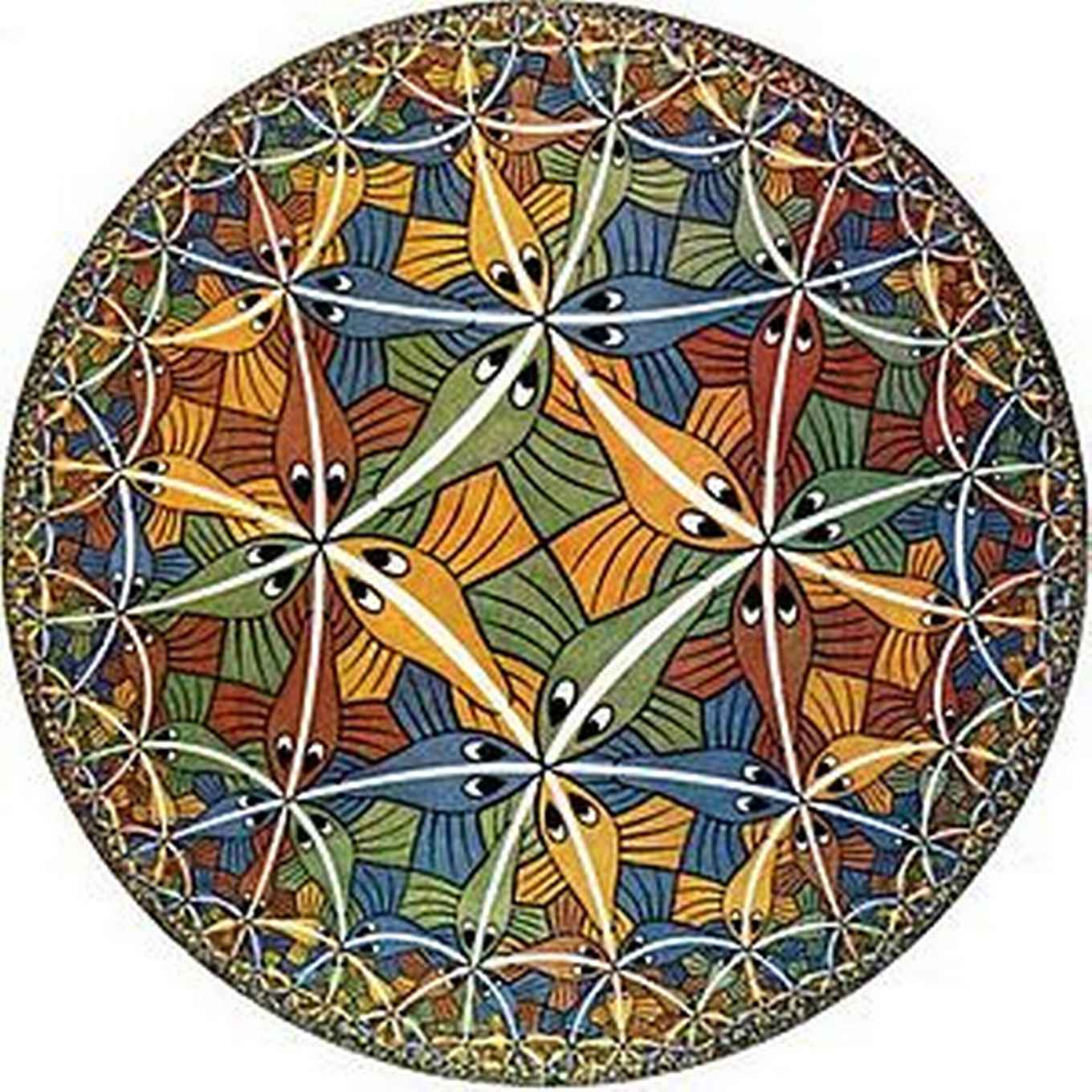Holography: triangle meeting
- Date
- 24 January 2020
- Time
- 10:30 -18:00

Programme
10:30 - 11:15 Arrival, Coffee/Tea
11:15 - 12:15 Sacha Zhiboedov (CERN) - Nonperturbative Mellin Amplitudes: Existence, Properties, Applications
12:15 - 13:30 Lunch
13:30 - 14:30 Nikolay Gromov (King’s College, London) - Derivation of the Holographic dual of a 4D Fishnet-CFT
14:30 - 15:00 Coffee/Tea
15:00 - 16:00 Davide Cassani (INFN, Padova) - The BPS limit of AdS black hole thermodynamics and its microscopic counterpart
16:00 - 17:00 Stefan Vandoren (Utrecht Uni) - Black holes in string theory with duality twists
17:00 Drinks - Belgian beers at Pilar Bar (VUB)!
Location
The Delta ITP associated meeting in Brussels will take place in the Solvay Room (building NO 5th floor) at ULB, Campus Plaine accessible by the metro (stop: Delta <- this is true) from Brussels Central.
Abstracts
Sacha Zhiboedov (CERN)
Nonperturbative Mellin Amplitudes: Existence, Properties, Applications
Abstract: We argue that nonperturbative CFT correlation functions admit a Mellin amplitude representation. Perturbative Mellin representation readily follows. We discuss the main properties of nonperturbative CFT Mellin amplitudes: subtractions, analyticity, unitarity, Polyakov conditions and polynomial boundedness at infinity. Mellin amplitudes are particularly simple for large N CFTs and 2D rational CFTs. We discuss these examples to illustrate our general discussion. We consider subtracted dispersion relations for Mellin amplitudes and use them to derive bootstrap bounds on CFTs. We combine crossing, dispersion relations and Polyakov conditions to write down a set of extremal functionals that act on the OPE data. We check these functionals using the known 3d Ising model OPE data and other known bootstrap constraints. We then use them to constrain holographic theories. To our great surprise, we find that a free massive scalar minimally coupled to gravity does not admit UV completion as a consistent theory of quantum gravity within a certain range of masses!
Nikolay Gromov (King’s College, London)
Derivation of the Holographic dual of a 4D Fishnet-CFT
Abstract: We present a first-principles derivation of a weak-strong duality between the four-dimensional fishnet theory in the planar limit and a discretized string-like model living in AdS5. At strong coupling, the dual description becomes classical and we demonstrate explicitly the classical integrability of the model. We test our results by reproducing the strong coupling limit of the 4-point correlator computed before non-perturbatively from the conformal partial wave expansion. Next, by applying the canonical quantization procedure with constraints, we show that the model describes a quantum integrable chain of particles propagating in AdS5. Finally, we reveal a discrete reparametrization symmetry of the model and reproduce the spectrum when known analytically. Due to the simplicity of our model, it could provide an ideal playground for holography. Furthermore, since the fishnet model and N=4 SYM theory are continuously linked our consideration could shed light on the derivation of AdS/CFT for the latter. This talk is based on recent work with Amit Sever.
Davide Cassani (INFN, Padova)
The BPS limit of AdS black hole thermodynamics and its microscopic counterpart
Abstract: The talk will present progress towards a microscopic understanding of the entropy of rotating BPS black holes in AdS. I will describe a BPS limit of black hole thermodynamics which first focuses on a supersymmetric family of complexified solutions and then reaches extremality. In this limit the chemical potentials obey a constraint that is interpreted as a regularity condition in the Euclidean bulk geometry, and the on-shell gravitational action takes a very simple form. From these simple data the Bekenstein-Hawking entropy is obtained. I will then focus on AdS5 black holes, where the gravitational analysis instructs us that the holographic dual N=1 superconformal field theory is defined on a twisted S1x S3 with complexified chemical potentials obeying the constraint, and localization allows to compute the partition function exactly. This computation defines a slightly modified supeconformal index as well as a generalization of the supersymmetric Casimir energy. I will discuss how the black hole entropy is encoded in these quantities.
Stefan Vandoren (Utrecht University)
Black holes in string theory with duality twists
Abstract: We consider black holes in string theory compactifications with a duality twist. As a prime example, we study type IIB compactified on T4 ?S1 with a duality twist along the S1, leading to Scherk-Schwarz supergravity potentials on the moduli space with Minkowski vacua preserving partial supersymmetry (N = 6,4,2,0) in five dimensions. The massive states arising after the twist can be integrated out and can contribute to the gauge and mixed gauge-gravity Chern Simons terms in the supergravity action. We compute these corrections and show how they correct the black hole entropy to leading and subleading order in the charges.
About
This event is part of a regular series of meetings sponsored by Delta ITP with the objective of bringing together the theoretical physics communities in Amsterdam, Leiden, Utrecht and our sister nodes Groningen, Brussels (ULB and VUB) and Leuven. The topic of this meeting is holography and its applications to different physical systems. We encourage researchers from different areas in theoretical physics to participate!
Organisers
For the ULB/VUB/UMONS/KULeuven Belgian node:
Nikolay Bobev KU Leuven
Stephane Detournay UL Brussel
Geoffrey Compère UL Brussel
Nicolas Boulanger Mons University
Ben Craps, VU Brussels